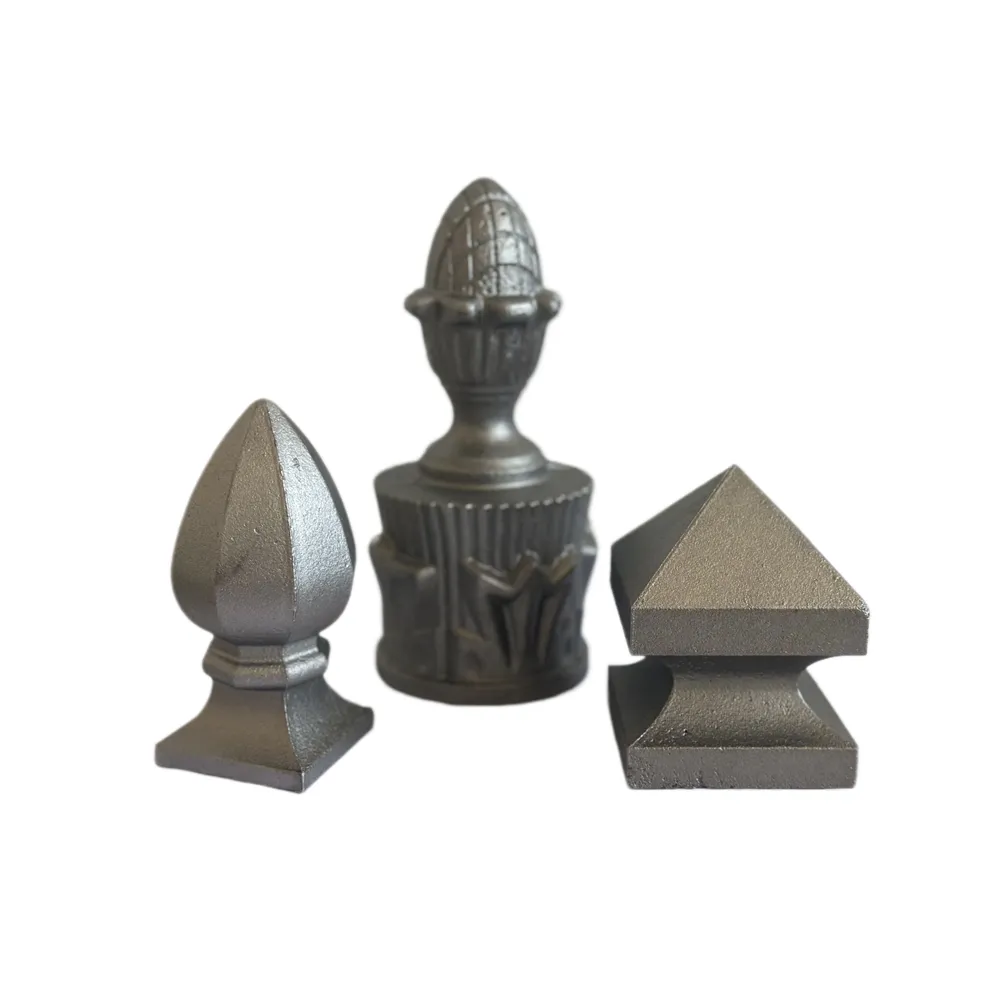Exploring the Beauty and Craft of Cast Iron Rosettes in Decorative Design
The Timeless Beauty of Cast Iron Rosettes
Cast iron rosettes have long been cherished in both architectural design and home decoration, representing a unique fusion of functionality and aesthetic appeal. These decorative elements, which have their roots in the industrial revolution of the 19th century, have transcended time and trends, continuing to capture the imagination of designers and homeowners alike.
Historical Context
The emergence of cast iron rosettes can be traced back to the industrial boom, when the introduction of cast iron as a material revolutionized construction and craftsmanship. Originally, these ornamental features were produced primarily for functional purposes—such as support beams or grilles—but artisans soon recognized the widespread appeal of adding beauty to utility. Cast iron rosettes, inspired by nature and classical ornamentation, became fashionable in architectural designs, gracing buildings, gates, and interior spaces with intricate patterns and designs.
Aesthetic Appeal
One of the most compelling aspects of cast iron rosettes is their stunning visual appeal. The intricate detailing and elaborate designs add an element of sophistication to any space, whether it be in a grand historical building or a contemporary home. They come in various sizes, styles, and finishes, allowing for endless possibilities in decoration. The ability to capture light and shadow adds depth to these pieces, transforming them into captivating focal points in both exterior and interior settings.
Versatility in Design
cast iron rosettes

Cast iron rosettes are remarkably versatile. In architectural applications, they often adorn the ends of railings, serve as ceiling medallions, or enhance the visual interest of window grilles. Their beauty is not confined to traditional settings; contemporary designers have creatively incorporated cast iron rosettes into modern home decor. Whether used as unique wall art, integrated into furniture designs, or utilized as decorative elements in garden landscaping, they blend seamlessly with different styles—from rustic to industrial chic.
Durability and Longevity
While the beauty of cast iron rosettes is undeniable, their practical advantages cannot be overlooked. Cast iron is known for its exceptional durability; it can withstand harsh weather conditions without losing its aesthetic qualities. This robustness makes cast iron rosettes ideal for outdoor applications, where they can be exposed to the elements year-round but remain resilient. Moreover, the aging process of cast iron, which may result in a beautiful patina or rust, can enhance the character of these decorative elements over time.
Restoration and Repurposing
In recent years, there has been a revival of interest in cast iron rosettes, particularly in restoration projects aimed at preserving historical architecture. As more people appreciate the craftsmanship of the past, salvaging and restoring these exquisite pieces has become a popular trend. Additionally, many contemporary artisans and metalworkers create new designs inspired by vintage rosettes, ensuring that this timeless beauty continues to thrive in modern settings.
Conclusion
Cast iron rosettes are more than mere decorative pieces; they encompass a rich history and embody a unique blend of art and functionality. Their intricate designs and robust nature make them a sought-after element in both traditional and contemporary architecture and design. As we continue to celebrate our architectural heritage and seek ways to incorporate beauty into our everyday lives, cast iron rosettes will undeniably remain a beloved choice for generations to come. Whether found in a historic building or as part of a modern aesthetic, their enduring charm speaks to the timeless nature of craftsmanship and design. In a world that often prioritizes the transient, the steadfast allure of cast iron rosettes serves as a reminder of the beauty that can exist when art and function seamlessly intertwine.
-
Window Lock Handle for Security UpgradesNewsJun.20,2025
-
Proper Lubrication Techniques for Sliding Gate WheelsNewsJun.20,2025
-
Ornamental Iron Castings for Interior DesignNewsJun.20,2025
-
Creative Ways to Decorate Around a Cast Iron FireplaceNewsJun.20,2025
-
Cast Iron Pipe and Fitting for Plumbing SystemsNewsJun.20,2025
-
Cast Iron Panel Casting for Architectural ElementsNewsJun.20,2025















